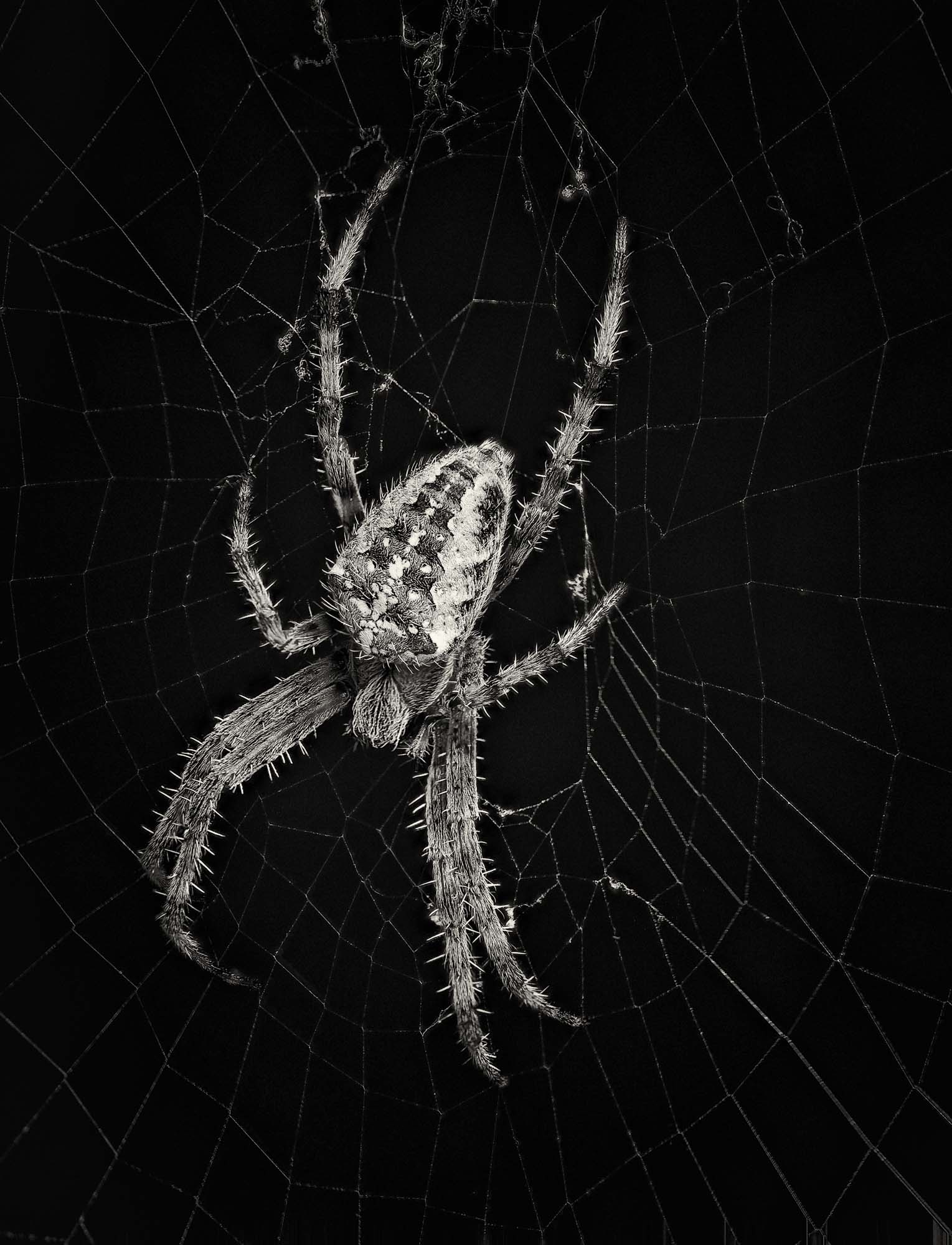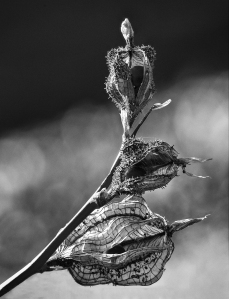by Amber Donofrio
Ithaca Times,
May 24, 2017
I recently came across a book of work by the German photographer Stefan Hunstein, which included awe-evoking portraits of Arctic landscape. At the end of the book was a manifesto the artist wrote, perhaps functioning as his artist statement, that seemed almost at odds with the work, or more specifically with its medium.“The reality which photography proclaims in constantly renewing variations is a lie,” Hunstein began. “The photo strips the objects of their own language: it declares triumphantly what they are. Photography reproduces the world only in its appearance; it does not recognize things; it neither looks behind them nor between them, only at them…The lens is not objective.”
Contrary to the age-old debate arguing that photography is a mechanical process depleting artists of their personal touch or intent (and therefore concluding that photography is not art due to its propensity for capturing real life images directly with light rather than using other media), Hunstein proposes just opposite. Photographs, it seems, are not just copies of life, but saturated with imposed meaning, context, and individual perspective. In this day and age, particularly in a time where advertisements with connoted meanings pervade such a large portion of our everyday existence, this sort of statement is nothing new. Of course photography can be art, and of course as an art writer in particular I of anyone might preach the notion that photography and other artworks carry depth far beyond their surface. What’s interesting about Hunstein’s statement, however, is its undertones of reproach. To him it seems, a photograph is never what it says it is, is never the objects it claims to depict. Photographs instead are fictitious, in his words: lies. But although this falsity may seem in direct contrast to the initial intent behind photography’s invention, this does not mean it is wholly without its benefits.
On view in Mockingbird Paperie downtown this month is Something New, a selection of still-life photographs by local artist Susan C. Larkin that use flowers in particular as muses for work. Close up and focused on textures, colors, and forms, the show could be viewed either shallowly (taken as is: beautiful and joyous) or more intensely (reveling in its detail and surprisingly dramatic effect). Araneus diadematus: Cross Orb Weaver studies a spider on its web. The photo is in black and white, juxtaposing the light strands of the web with the stark blackness behind it. The spider is tense, waiting. It’s so close up that each tiny hair on its body is visible, intensified by light. Its form is thus dissected and reassembled anew. It is beautiful in a way, haunting in a way.
Canna indica: Indian Shot is a similar situation: a black and white photographic close-up of the plant that provides a new perspective. Drained of its usual color, what’s left is the dry veins of its pods snapping open, the crinkles that constitute their shape. While the color photographs in the show, such as the drooping elegance of Fuchsia and the softly curved petals and blazing orange center of Magnolia grandiflora, could easily be called beautiful thanks to their intense hues and familiarity, Canna indica is a different case, a different kind of beauty. Taking away color allows a new presence, a sharpness and a foreign quality. The photograph is no longer the object but a semblance of it, intensified.
Perhaps this is what Hunstein meant when he said a photograph is not entirely a documentation of the object photographed. It is, instead, a separate entity, its own situation. Still, as with the photos in this show, photography’s separation can also be its strength, as it allows viewers to view real life objects anew. Larkin’s work is intriguing in its own right, but it is particularly special in its ability to refresh viewers’ excitement about the natural world, a perspective that could then be brought back out into nature itself, promoting new appreciation for flowers and plants and the live things that surround us. Photography may not produce exact and objective reproductions of what the camera sees, but it is definitely an extension of the objects photographed. Photographs remind us what makes the world interesting, oftentimes what makes it beautiful.


